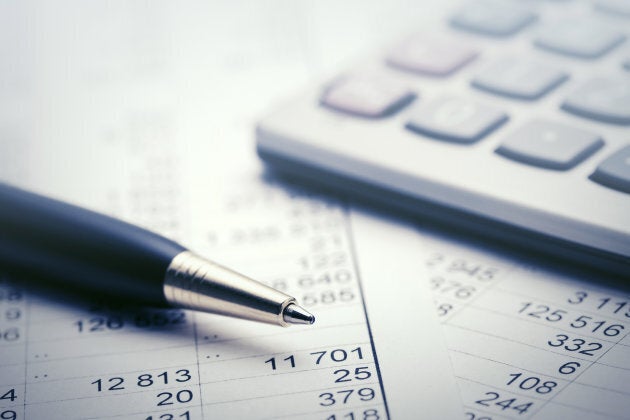Did you know that only 65 per cent of Canadians are saving for their retirement, according to the last census? Did you also know that Canadians owe $1.70 to every dollar they have in disposable income? A recent report from MNP Debt also said that Canadians were a mere $200 surplus away from missing our debt payments.
How did we get to this level of financial mess? Is it a lack of financial education? How do Canadians measure up in terms of financial literacy?

In a recent Ipsos survey on financial literacy for LowestRates.ca, 78 per cent of Canadians claimed to be financially literate, but when asked true or false questions about personal finances, 60 per cent failed! That's like when someone proclaims they are race car driver at a bar to impress their date, but they don't know where to open the hood on their own car. Admitting that we don't know "diddly" is the very first step to changing our national personal balance sheet.
Here are five things we need to do to go from money zeroes to hero as a nation. Let's weave a financial curriculum into our schools so that we know as much about French, science and English literature as we do about money.
1. Let kids play with money
As a culture, we treat money like it is a dirty thing. Kids don't get taught it in school, and their first experience with it is when they hear parents whispering or fighting about it. This association is negative. We need to make it an open and enjoyable thing by creating money games, cartoons and toys that create a positive association versus a negative one.
2. Financial literacy in grade school
Small kids know how to wash their hands after they go to the washroom or where babies come from but they don't learn ANYTHING about money. High-school kids don't even know anything about money. Our first lesson is when we get a credit card in university or college and load it up at the very fist bar we go to. We need to introduce kids to simple money skills when they are young. Let them not only learn how to count but to invest, budget and understand debt.

3. Sophisticated financial literacy in high school
Then each year we need to build on their skills so when they leave high school they understand mortgages, investing, debt and more. I'd LOVE to see high school kids explain oil futures like they can calculus or biology. The difference is, money skills will be used after the last bell has let them out of class. Calculus is way harder than learning how to manage money and calculate mortgage amortizations so let's add a mandatory money class, too!
4. Adult education
Because we can't put every adult who doesn't know about financial literacy back into school, we need to make a simple way to educate the rest of us. If malls, libraries and community halls hosted money 101 classes with interesting speakers and insightful, digestible info we could lift the level of knowledge of the nation. We could make a money expo (like TedTalks) that everyone could learn from.
More blogs from HuffPost Canada:
This will be great for banks and governments, too! People who understand how much they can afford to borrow or how much they need to invest will help banks keep to their fiduciary responsibilities. It looks like banks are already lending too much to Canadians based on debt levels and servicing boundaries, and government pensions are not predicted to last the Boomer generation. Financial literacy programs are needed now to make sure our future is green.
Also on HuffPost: